Introduction
Where Do Rats Live: Rats making their homes is one that has intrigued and sometimes alarmed humans for centuries. Rats nocturnal, with their adaptable nature and ability to thrive in various environments, have managed to inhabit nearly every corner of the globe, making them one of the most ubiquitous mammals on Earth. Their uncanny ability to survive in both urban and rural settings has earned them a reputation as resilient and cunning creatures. The diverse habitats where rats live, shedding light on their remarkable adaptability and their complex relationship with humans. Rats are members of the family Muridae, and they belong to the genus Rattus. Among the numerous species of rats, the most notable and commonly encountered ones include the brown rat and the black rat.
These rodents have successfully colonized a wide range of ecosystems, thanks to their highly flexible diets and reproductive strategies. Urban environments are perhaps the most notorious abode for rats. Their presence in cities and towns across the world has given rise to the term “urban rat.” In bustling metropolises like New York City, London, and Mumbai, rats have adapted to city life by inhabiting sewers, subways, and abandoned buildings. They scavenge for food scraps in dumpsters and feast on whatever human waste they can find. This urban lifestyle has led to a perpetual battle between humans and rats, as they often infiltrate homes and businesses, causing damage and health concerns.
However, rats are not limited to urban areas alone. They also thrive in rural and agricultural landscapes, where they can be found in fields, barns, and grain storage facilities. In these settings, they pose a threat to crops and can lead to significant economic losses for farmers. Moreover, rats are skilled swimmers and can inhabit wetlands, marshes, and coastal areas, where they feed on aquatic vegetation and sometimes disrupt fragile ecosystems. Their presence on land, rats have also made their homes in the dark recesses of ships, earning them the title of “ship rats.”
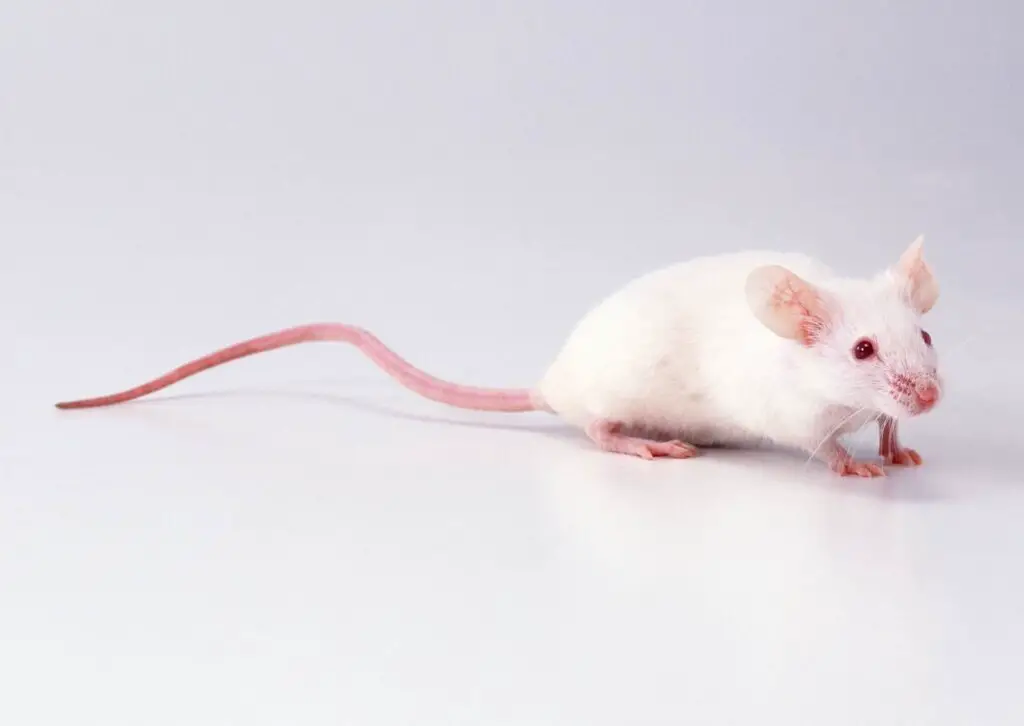
Where do rats commonly live?
Most species of rats and mice prefer to live and nest outdoors. Norway rats are burrowers that will build nests in vegetation, along patios, and more. Roof rats are known to nest in trees and on rooflines. Deer mice have a wide range of habitats, often in open fields, forests, or even deserts.
Rats are frequently associated with urban landscapes, earning them the moniker of “urban rats.” Cities and towns across the globe an abundance of food sources, shelter, and hiding places for rats. Sewers, subways, and abandoned buildings are popular haunts for these rodents. They forage for food scraps in dumpsters and trash cans, making them a constant presence in urban areas. Unfortunately, their proximity to humans can lead to various health concerns and property damage.
Rats are not limited to city life alone. They also inhabit rural and agricultural regions, where they can be found in fields, barns, and grain storage facilities. Their presence in such environments can pose significant threats to crops and can result in substantial economic losses for farmers. Rats’ reproductive capabilities make them prolific pests in agricultural landscapes.
Rats are skilled swimmers and can be found in wetlands, marshes, and coastal regions. In these habitats, they feed on aquatic vegetation, insects, and sometimes disrupt the fragile balance of these ecosystems. Their presence in these areas can have cascading effects on native wildlife and habitats.
Where do rats tend to nest?
Rats nest in the garden – often they will build nests under the foundations of sheds, green houses or garages. Brown rats in particular will dig rat holes in overgrown areas of a garden to create rat burrows where they will nest, store food and raise young rats.
One of the most common nesting locations for rats is underground. Rats are adept diggers and excavate burrows in soil, often near a food source. These burrows shelter from predators and harsh weather conditions. Burrows can extend several feet into the ground and may have multiple entrances.
Rats often seek shelter in and around human structures, such as buildings, homes, and warehouses. They can nest in wall voids, attics, basements, and crawl spaces. Rats are skilled at exploiting small openings and gaps in buildings to gain access to these areas, where they build nests from materials like insulation, paper, and fabric.
Rats are known to nest in dense vegetation, such as bushes, shrubs, and tall grasses. These natural shelters cover and protection, making them attractive nesting sites for rats. In agricultural settings, rats may also create nests within crop fields.
Are rats scared of humans?
In general, rats are more afraid of humans than humans are of them and will usually try to avoid contact with people. However, rats can carry diseases that can be transmitted to humans through contact with their droppings, urine, or saliva.
Wild rats, which primarily inhabit natural environments, tend to be more cautious and wary of humans. They have evolved to avoid potential threats, including humans, as part of their survival instincts. Wild rats are more likely to flee and hide when they detect human activity in their vicinity.
Rats that have been raised in captivity or as pets often become accustomed to human interaction and may not display the same level of fear as their wild counterparts. Pet rats, for example, can develop bonds with their owners and may even seek out human attention and affection.
Rats are primarily nocturnal creatures, which means they are most active during the night. During these hours, they may be more likely to venture out in search of food and water, even in areas with human activity, when they are less likely to encounter humans directly. This can lead to a perception that rats are “braver” at night.
Where do rats live and sleep?
Nest-building materials – Rats will use newspapers, garbage, paper towels, old sheets, insulation, grass, vegetation, leaves and just about anything else they can use to create a soft, warm, dry place to sleep, give birth and raise their young.
One of the most common habitats for rats is underground burrows. Rats are proficient diggers and create intricate systems of tunnels and chambers beneath the ground. These burrows serve as shelter from predators, harsh weather, and temperature extremes. Depending on the rat species, burrows can vary in complexity and depth, often featuring multiple entrances and escape routes.
Urban areas, including cities and towns, are frequently inhabited by rats. Within these settings, rats often seek refuge in and around human structures. They may nest in wall voids, attics, basements, crawl spaces, and abandoned buildings. Rats utilize available materials such as insulation, paper, and fabric to construct their nests, which warmth and protection.
Rats are known to nest in dense vegetation, such as bushes, shrubs, tall grasses, and overgrown areas. Natural shelters like these offer rats both cover and a source of food, making them attractive nesting sites. In agricultural settings, rats may also establish nests within crop fields, further exacerbating their impact on crops.
Are rats a mouse?
Rats and mice are both rodents, so look similar – the biggest difference is their size. Rats are larger and heavier while mice have smaller slender bodies. Mice also have long slender tails (for their body size) covered in hair compared to rat tails which are shorter, thicker and hairless.
One of the most apparent distinctions between rats and mice is their size. Rats are generally larger than mice. Rats typically have robust bodies, long tails, and larger heads in proportion to their bodies. In contrast, mice tend to be smaller, with slender bodies, smaller heads, and shorter tails relative to their size.
The length of the tail is often a key identifier. Rats typically have longer tails compared to their body length, mice have shorter tails. The tail of a rat is also typically scaly and nearly hairless, whereas a mouse’s tail may be more finely haired.
Rats and mice also exhibit differences in behavior. Rats are generally considered to be more cautious and less curious than mice. They tend to be more hesitant when encountering new objects or situations. Mice, on the other hand, are often more curious and adventurous, which can lead them to explore new areas more readily.
What rat eats?
Rats are omnivores, meaning they are healthiest when they eat a combination of fruits, veggies, and meats. So, the best rat diet consists of mostly fresh fruits and vegetables, plus a small portion of rat pellets or rat cube food daily.
Rats have a strong preference for grains and seeds, making them significant pests in agricultural settings. They readily consume crops like wheat, rice, corn, and oats. In storage facilities, they can cause significant economic losses by gnawing through bags and contaminating stored grains.
Rats are omnivorous and enjoy a diet that includes fruits and vegetables. They may eat apples, oranges, tomatoes, and a variety of garden vegetables. In orchards and gardens, they can cause damage by nibbling on ripe produce.
Rats require protein for their diet, and they obtain it from various sources. They consume insects, small animals like birds and their eggs, and even the carcasses of larger animals when available. In urban areas, they scavenge for food scraps, including meat and dairy products.
What can attract rats?
Odors and smells that come from pet waste, pet food, garbage containers, barbecue grills, birdfeeders, and even from unharvested fruit and nuts from plants can attract rats and mice. Good sanitation habits can effectively improve the prevention of attracting rodents in your yard.
Rats are attracted to warm and comfortable environments. In colder climates, they may seek out areas with insulation, heating systems, or cozy nests to escape the cold.
Rats are nocturnal creatures, so they are attracted to areas where human activity is minimal during the night. Quiet, less-frequented areas rats with a sense of safety and security.
Rat infestations, it’s crucial to eliminate or mitigate these attractants. Implementing proper sanitation practices, sealing food containers, addressing water leaks, and maintaining a clean environment are effective measures to deter rats. Rats have an acute sense of smell, and strong odors can attract them.
Rats are attracted to areas where other rats are already present. They communicate through scent markings, and the presence of rat pheromones can signal to other rats that an area is suitable for habitation.
Do rats eat mice?
Not only that, but they will also eat their fellow rodents. Rats and mice often inhabit the same environments, so when food is scarce, rats will hunt mice down and eat them. They are able to do this because they are much bigger and much more aggressive.
Rats are opportunistic feeders, and they have been known to prey on mice when the opportunity arises. This predation typically occurs when rats encounter mice in confined spaces or when resources are scarce. Rats, particularly larger species like brown rats, may view mice as potential sources of food in these situations.
Rats and mice often compete for similar resources, including food and nesting sites. In situations where resources are limited, such as in urban environments with high rat and mouse populations, competition can intensify. This competition can lead to aggression between the two species, including predation.
Intraguild predation refers to the phenomenon where species within the same ecological guild prey on each other. Rats and mice occupy similar ecological niches, and intraguild predation can occur. In such cases, larger rats may target smaller mice as a food source.
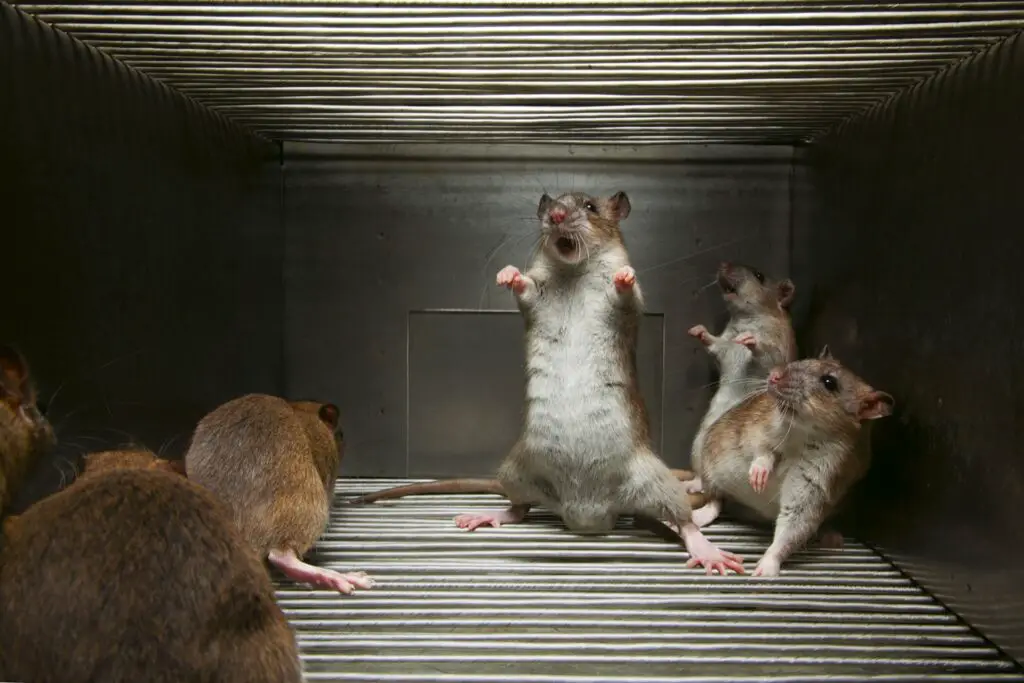
Conclusion
Rats, particularly the brown rat and the black rat have proven their ability to thrive in a wide array of environments, from bustling urban centers to remote rural landscapes. Urban environments are perhaps the most notorious habitats for rats rodents. These adaptable rodents have learned to navigate the concrete jungles of cities worldwide, inhabiting sewers, subways, and abandoned buildings. They have become adept scavengers, capitalizing on the abundant food sources by human activity. This urban adaptation has led to ongoing challenges as rats infiltrate homes and businesses, causing damage and health concerns. Understanding their urban habitats is crucial for effective pest control and manage
ment.
Cities, rats also establish themselves in rural and agricultural settings, where they pose threats to crops and agricultural livelihoods. Their ability to reproduce rapidly means that infestations can quickly become a significant problem for farmers. Moreover, rats are known to inhabit wetlands, marshes, and coastal regions, impacting fragile ecosystems and native species. The historical association between rats and ships, as “ship rats,” played a pivotal role in their global distribution during the Age of Exploration. These stowaways aboard vessels contributed to the introduction of rats to new continents, often with devastating ecological consequences.
The complex habitats of rats highlight the importance of understanding their behavior and biology. This understanding is not only valuable for mitigating the negative impacts of rats on human society but also for appreciating the remarkable adaptability and resilience of these rodents. It also underscores the need for responsible pest management practices that minimize harm to both humans and the environment. In the ongoing battle for coexistence with rats, it is essential to find sustainable solutions that balance the need to protect crops, infrastructure, and public health with ethical and environmentally conscious approaches. By addressing the question of where rats live, we can better equip ourselves with the need to manage and control these adaptable creatures while respecting the intricate web of life they are a part of.

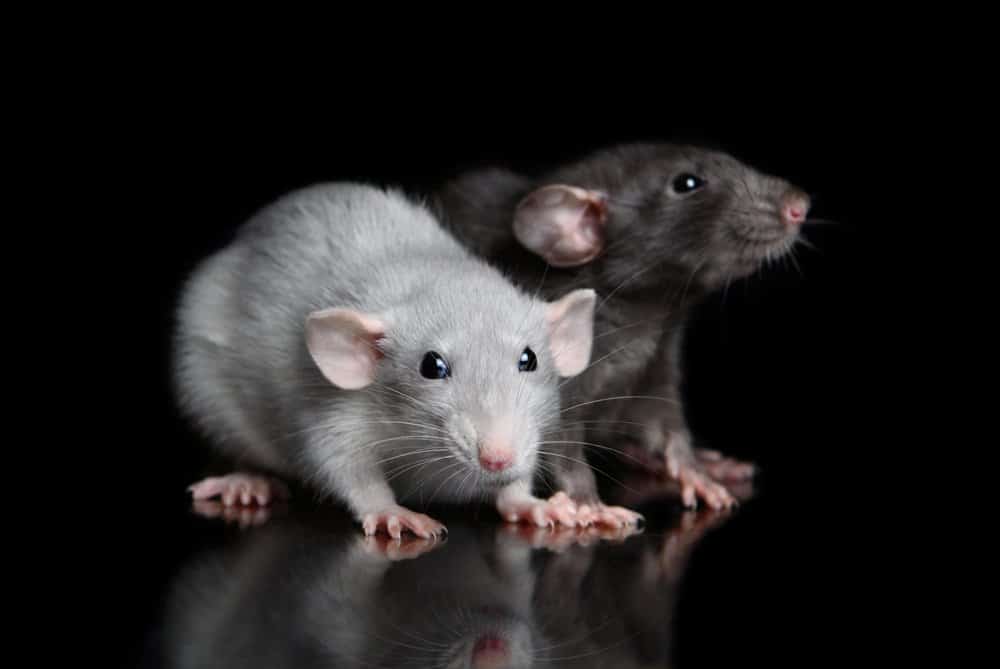
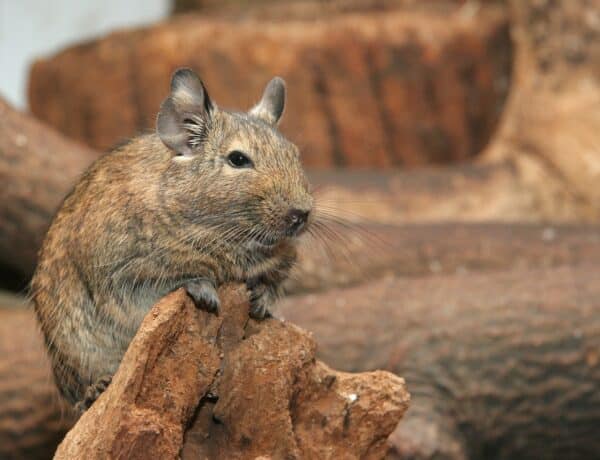

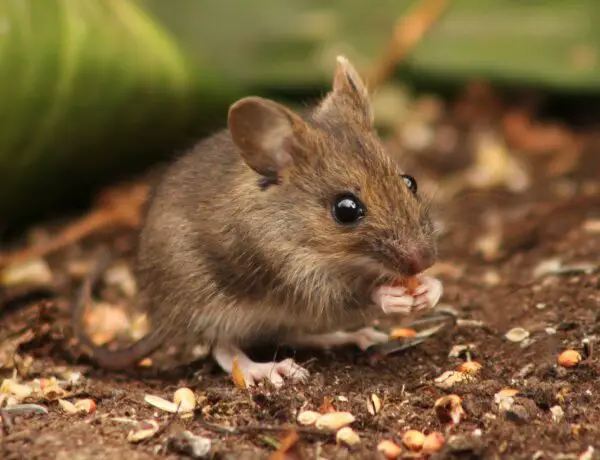
No Comments